What Will Be Lost is a series of reported stories and essays exploring the ways climate change is affecting our relationship to one another, to our sense of place, and to ourselves.
Out the window, a traditional stone and timber village clings to the hills above the churn of an ice-blue river. Cane Petrevski, the head of the sustainability unit of North Macedonia’s Mavrovo National Park, stubs out one cigarette and lights another, gesturing out at the gathering dusk. The rivers, he says, are “the heart of the national park.”
For 35 years, Petrevski has worked in this park, an area protected from development since World War II, including regions zoned to prevent all human activity. After a 2009 law on environmental protection required the park to revisit its management plans, Petrevski says 12 experts surveyed the park and compiled a report preserving strictly protected areas. But when the government reshaped the zones, Petrevski was alarmed to find somehow they were changed to allow hydropower, even in these strictly protected areas.
Petrevski says inconsistencies between the expert reports and the final zoning suggest that the government “adapted” the reports to suit its desires, changing them to allow hydropower in more places. He raised an alarm, but said his bosses “didn’t want to hear” his complaints.
Driving into Mavrovo is like entering a tunnel of trees: Gentle rolling plains slope upward into thick forest, which is often draped in fog. These are North Macedonia’s highest mountains, and both its largest national park and one of Europe’s oldest. The park is an important biodiversity hotspot, and one of the last refuges of the critically endangered Balkan lynx.
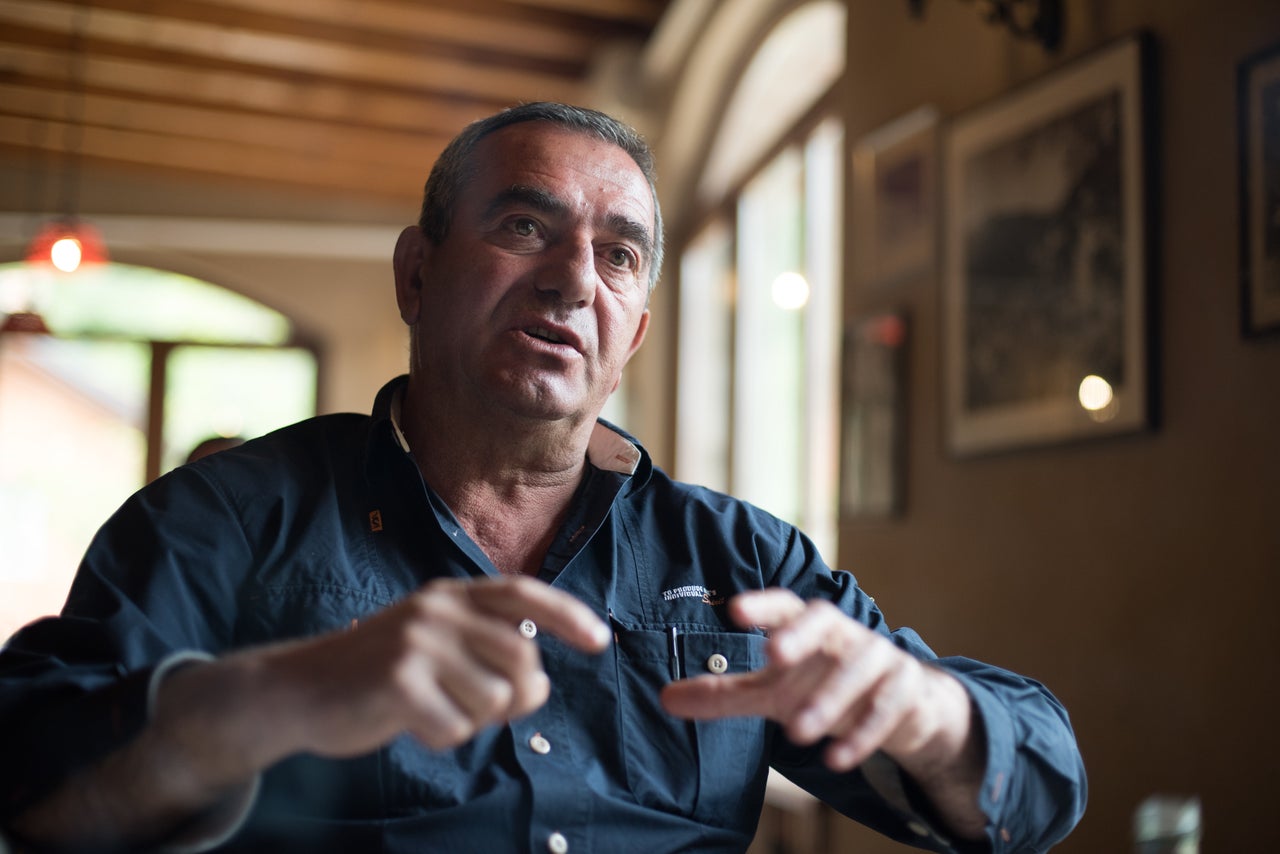
But the Western Balkans are now seeing a boom in hydropower construction, driven in part by the European Union’s renewable energy targets. From Slovenia to Greece, more than 2,800 dams are currently planned. North Macedonia has already more than doubled its number of hydropower projects; another 18 are planned inside the park boundaries, including in areas that were previously protected, and another 400 are proposed in the country at large.
Many of these hydropower projects are small, which may sound less damaging than mega-dams. But recent studies from Norway, Spain and China suggest that collectively, small dams have a larger environmental impact per megawatt—they raise more barriers for fish, cumulatively degrade more of a river, and cause more habitat loss. Scientists predict that if all these planned hydropower projects are built, 10% of Europe’s freshwater fish are in danger of extinction.
European banks are subsidizing this hydropower construction boom, even in places where construction doesn’t meet environmental standards. In regions where access to resources has been unequal or uncontrolled, even an ostensibly good thing — like investing in renewable energy — can lead to corruption and complications, warned economist Caterina Gennaioli of the Centre for Climate Change Economics and Policy. Countries with abundant renewable resources and weak institutions, Gennaioli wrote, “are more susceptible to the private exploitation of public incentives.”
The boom of hydropower in protected areas, Petrevski says, is “stupidity, and money — but mostly stupidity.” He grew up fishing in and then researching Mavrovo’s wild rivers, and knows better than most that the park already has a human population living in villages scattered throughout the mountains — whose farms and livestock have inevitably altered the landscape.
“There’s no space for more,” he says.
But conservation in the age of climate change highlights a thorny paradox: Who do our natural resources belong to? In the Balkans, it’s not an abstract question.
Lines On The Front
Aleksandra Bujaroska closes her eyes as the jackhammer begins again. The building that houses her legal watchdog group, Front 21/42, is under construction.
She’s had a long day preparing to file a case against one of the Mavrovo hydropower projects with North Macedonia’s Anti-Corruption Commission, and a loud rumble shudders up through the floor. Front has been fighting hydropower for 10 years. Their campaign to stop Boskov Mošt, one of the hydropower projects proposed in Mavrovo, ended with a 2017 court ruling that its environmental assessment was inadequate ― but her successes have been infrequent and short-lived.

“You defeat one dam and the next one pops up,” she says, speaking loudly over the drilling. “You can’t fight hydropower on a single-case basis.”
Bujaroska believes the region desperately needs a strategic conservation plan that spans borders — the creation of zones permanently off limits for hydropower.
North Macedonia’s dam boom isn’t an isolated phenomena. When the EU started setting targets for renewable energy in the 1990s, national governments began developing long-term contracts with producers to buy renewable energy at an incentivized price. These contracts made it easier to find investors, since the loans were seen as lower-risk, and big banks, like the World Bank and the European Bank for Reconstruction and Development, moved to invest. EBRD, for example, initially invested in Boskov Most as a way to significantly increase its renewable energy portfolio, but an independent review for the European bank found it had violated its own environmental policies. The EBRD then withdrew its investment.
Meanwhile, the World Bank initially invested in another North Macedonian hydropower project, Lukovo Pole, that was even more controversial because critics of the project claimed it would directly impact the endangered Balkan lynx habitat. (The World Bank says the decision to pull out of the $70 million dollar investment “did not materialize due to changed sector priorities.”)
Government subsidies for hydropower, which take the form of feed-in tariffs, often appear to have little relation to the amount of energy production. In 2018, small hydropower plants received 70% of the government subsidies for renewable energy in the Western Balkans, although they generated only 3.6% of its electricity . North Macedonia, which changed its name from the Republic of Macedonia in 2019, is one of this region’s six countries, all of whom have disproportionately supported hydropower.
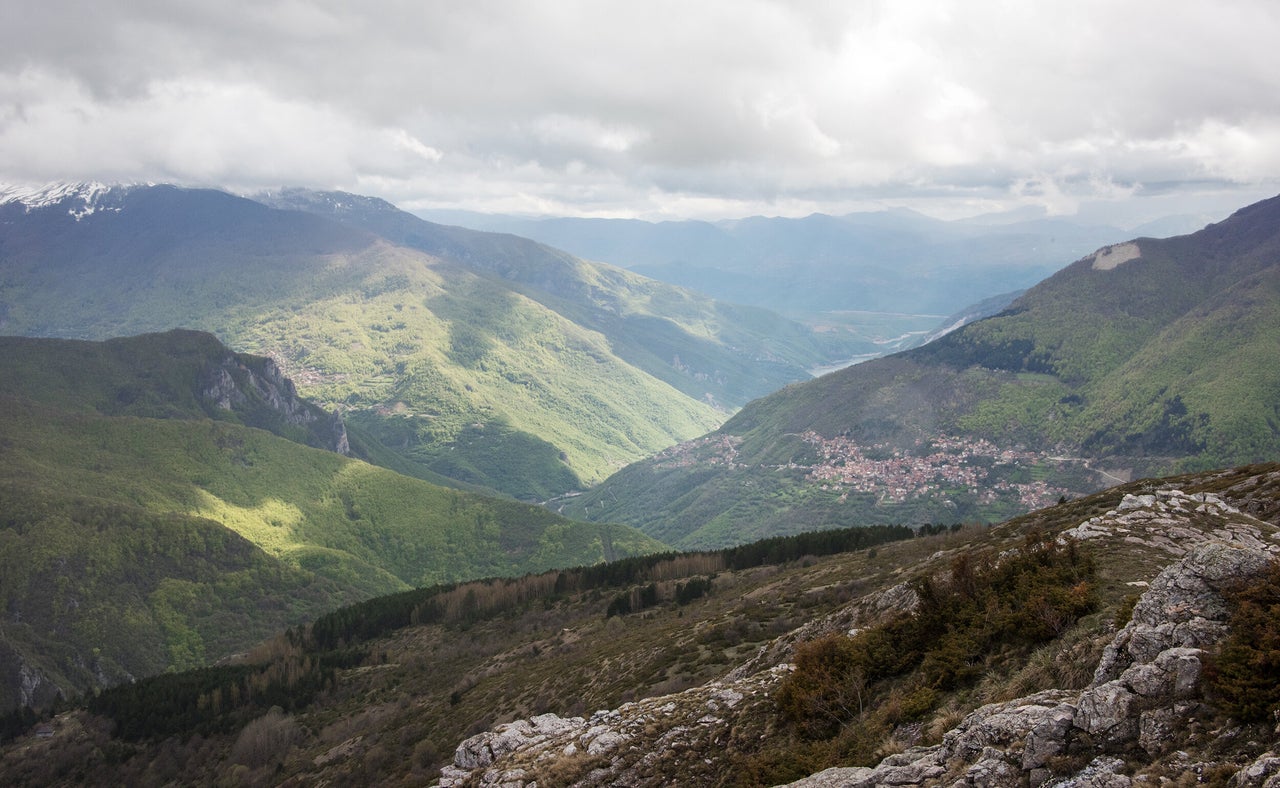
CEE Bankwatch Network, a non-governmental organization that monitors public finance institutions, noted in a recent report that the small hydropower boom in North Macedonia “is closely associated” with the country’s former Deputy Prime Minister for Economic Affairs Kocho Angjushev, a major shareholder in FeroInvest, an umbrella company that owns at least 27 hydropower plants and receives an estimated 3.5 million euros in subsidies every year.
Angjushev was closely involved in the country’s renewable energy legislation, including a critical law on energy with provisions for hydropower and the National Energy Strategy 2020-2040. Although he stepped back from the companies while he was in office, his brother took over, and now he is running them again. (In 2019, following a whistleblower complaint, a North Macedonian State Commission for Prevention of Corruption ruled Angjushev had made his interests known, and closed the investigation.) Angjushev is far from the only influential North Macedonian with ties to hydropower; Hristijan Mickoski, the president of a major opposition party, won at least five hydropower concessions while he was energy adviser to a former prime minister, according to the CEE Bankwatch Network report.
Neither FeroInvest nor Angjushev responded to requests for comment on this article.
“We have the problem which every small country has,” Bujaroska says. “You always can call somebody who knows somebody who knows your neighbor. It’s really hard to achieve justice.”
Since 2015, hydropower tariffs have resulted in over 50 million euros being added to North Macedonian consumers’ energy bills — about a 6.2% increase for a typical household.
Power Pays
FeroInvest is also the company that has invested two hydropower projects on the Zirovnica river, which flows through a part of Mavrovo National Park that was once strictly protected, above a village sharing its name. Anes Ahmeti, director of the villages’ primary school, says the school learned about plans for the two hydropower projects in 2018, after the development rights had already been sold.
The village has emptied as people have migrated to other European countries for jobs. Dozens of closed-up windows now look down on its main street. “The only thing left here is water,” he says. “Everything else went to Europe.”
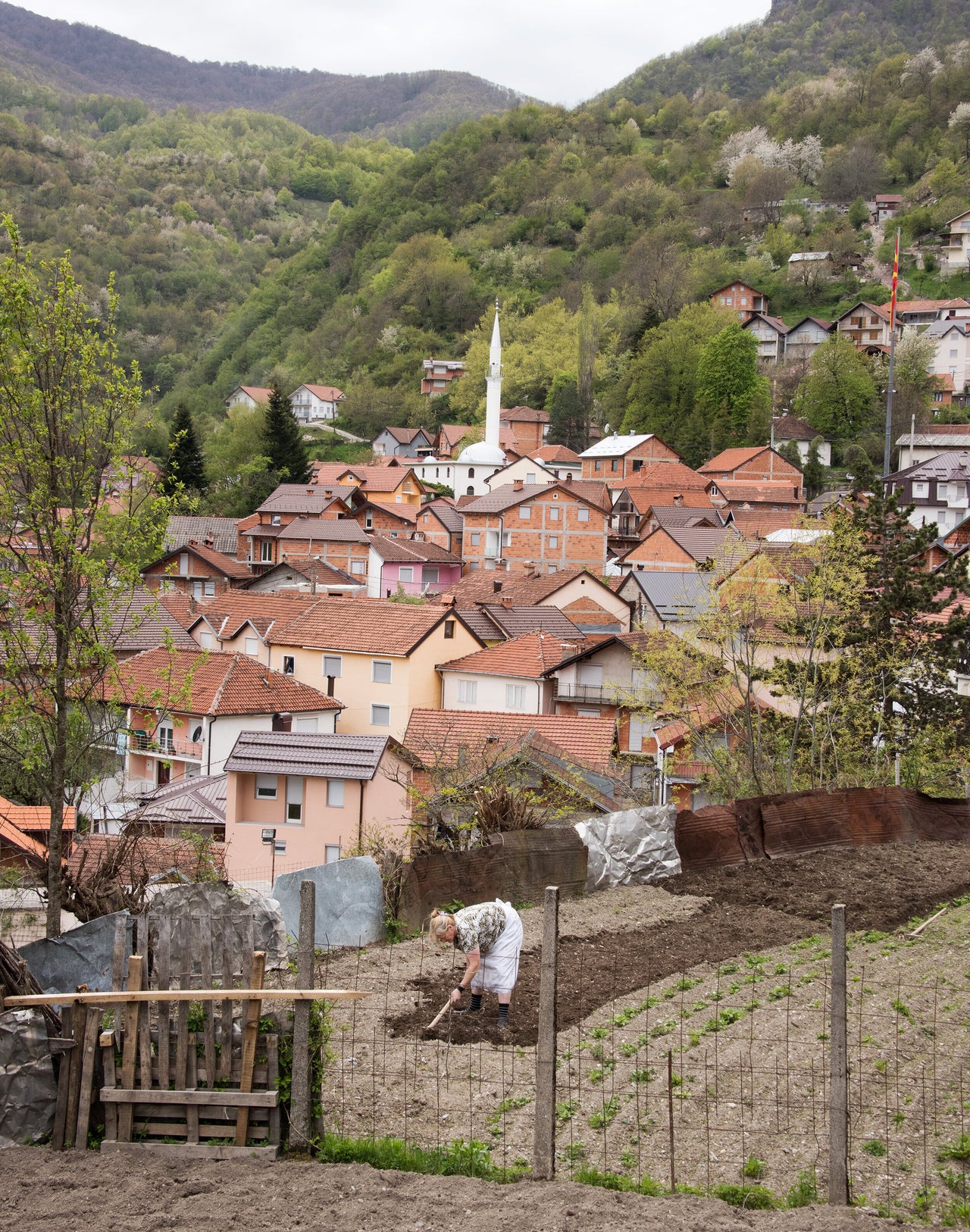
He fears that the dams will destroy the river, which provides the village drinking water. Climate change has already altered rainfall here, says Adnan Saliu, the village’s president, lowering the river’s flow. The river’s water level is so low the hydropower projects won’t be able to generate much electricity, according to Saliu; Saliu says the only reason they would be profitable is because of the feed-in tariff.
In an empty restaurant in Zirovnica, Ahmeti and Saliu pull out well-worn paper maps of the river, pointing out the damage the dams could bring. Bujaroska has recorded what she claims are numerous omissions and violations in the dams’ environmental studies and permits. Another hydropower project on the river was approved in January, 2019. Of the three projects, one was canceled after Front took legal action; the remaining two have missed set timelines for construction, although an extension was granted in 2018, moving the deadline to January 2020 — a deadline which the company has now failed to meet a second time.
But at the moment, North Macedonia is in another political crisis. The country has been hoping to join the EU, but this fall the EU missed a deadline to move that process forward, in what European Commission President Jean-Claude Juncke called an “historic mistake.” And the country itself is in a political transition. General elections have been set for April, which means a power-sharing agreement, known as a technical government, will run the country until the elections.
Although the Zirovnica hydropower projects haven’t met their deadlines, Bujaroska doubts this technical government will actually cancel the projects. This winter, the Anti-Corruption Commission opened a case on how and why the Zirovnica concessions were granted in the first place.
“Whichever government is in power becomes pro-hydropower,” said Ahmeti, “because it’s all corrupt.”
“It’s a long, exhausting process,” Bujaroska admits. When Bujaroska decided to take on hydropower, she was warned she might face consequences. “You cannot make yourself feel safer. You just make sure that you do everything right,” she says, from case documentation down to having the right number of fire extinguishers in the office. “On the other hand, I think that we stayed alive because they didn’t really understand to take us seriously.” Bujaroska is petite, with a disarming smile. “They say, ‘It’s a girl, a girl is going to file a complaint.’” She grins. Her strategy was to move the fight out of North Macedonia to European courts. “Then things changed,” she says, and she started to be taken as a serious threat, “but it was too late, because you’re in the spotlight.”
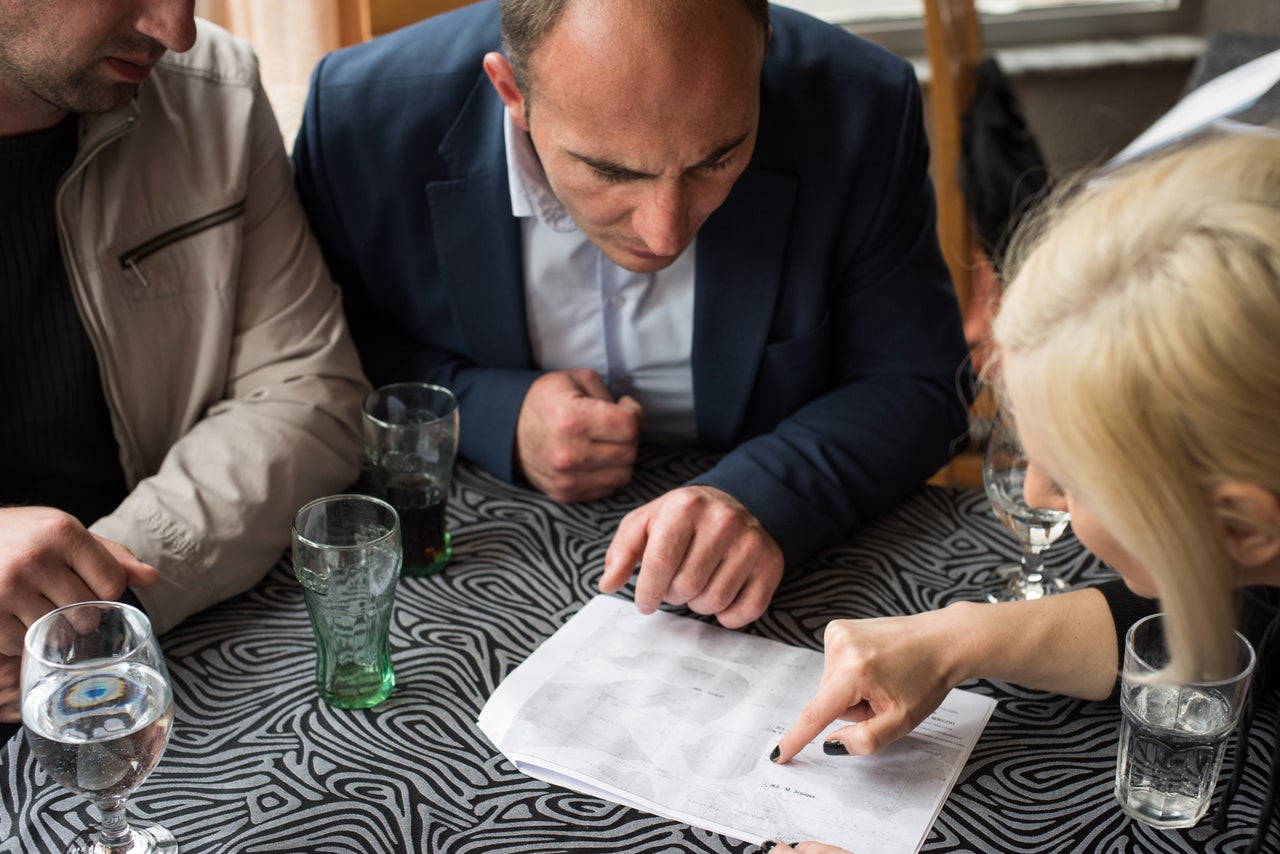
Through hard-won cases, she’s developed environmental legal strategies, which are now part of the official textbook from the North Macedonian Faculty of Law, and hopes to eventually establish a regional training center.
But knowing how to fight legal battles isn’t enough. “If there is a problem, the law will be changed.”
“The political economy of hydroelectricity is also about perpetually managing a series of pernicious risks,” wrote Benjamin Sovacool, an energy expert at the University of Sussex, in a recent paper finding that major hydropower states have increased their debt and significantly reduced their control of corruption, although North Macedonia was not mentioned specifically.
Gennaioli, of the Centre for Climate Change Economics and Policy, suggested renewable energy projects around the world frequently wrestle with fraud because “complicated regulations and public spending are among the major factors that can promote corruption.” Bankwatch warned that as urgently as renewables are needed, “perceived corruption and nepotism” may endanger public acceptance to an ”efficient, renewables-based energy system.”
Other scholars have gone as far as to propose that having fast-flowing rivers “could turn out to be as much a curse as a blessing.”
Deciding What To Save
Inevitably, the arguments around renewable energy circle back to a much larger philosophical question: “What should we conserve, and why?” asks Darragh Hare, a conservation biologist at Cornell University and Oxford University. “Are species valuable simply because they contribute to human well-being, or also for their own sake?”
To try to help find answers, Hare has developed a model that quantifies how conservation impacts evolutionary fitness. All evolutionary theories of altruism involve some type of self-interest,, “I scratch your back, you scratch mine,” he says.
Consider, for example, watering an apple tree; taking the time and energy to do so makes sense if you, your friends, or family are going to get to eat the apples. (Other “positive or negative downstream effects” for species the apple tree supports, like insects or birds, don’t often weigh as heavily in our decision-making.)
Hare doesn’t assume people are consciously calculating these costs and benefits of conservation. Whether they understand it or not, behaviors that help people adapt to their environment often eventually evolve into social norms. The problem is that in groups, those paying the cost — like the residents of Zirovnica — are not always the ones reaping the benefits.
As climate change rapidly shifts global ecosystems, we’re increasingly facing this mismatch — the classic tragedy of the commons.
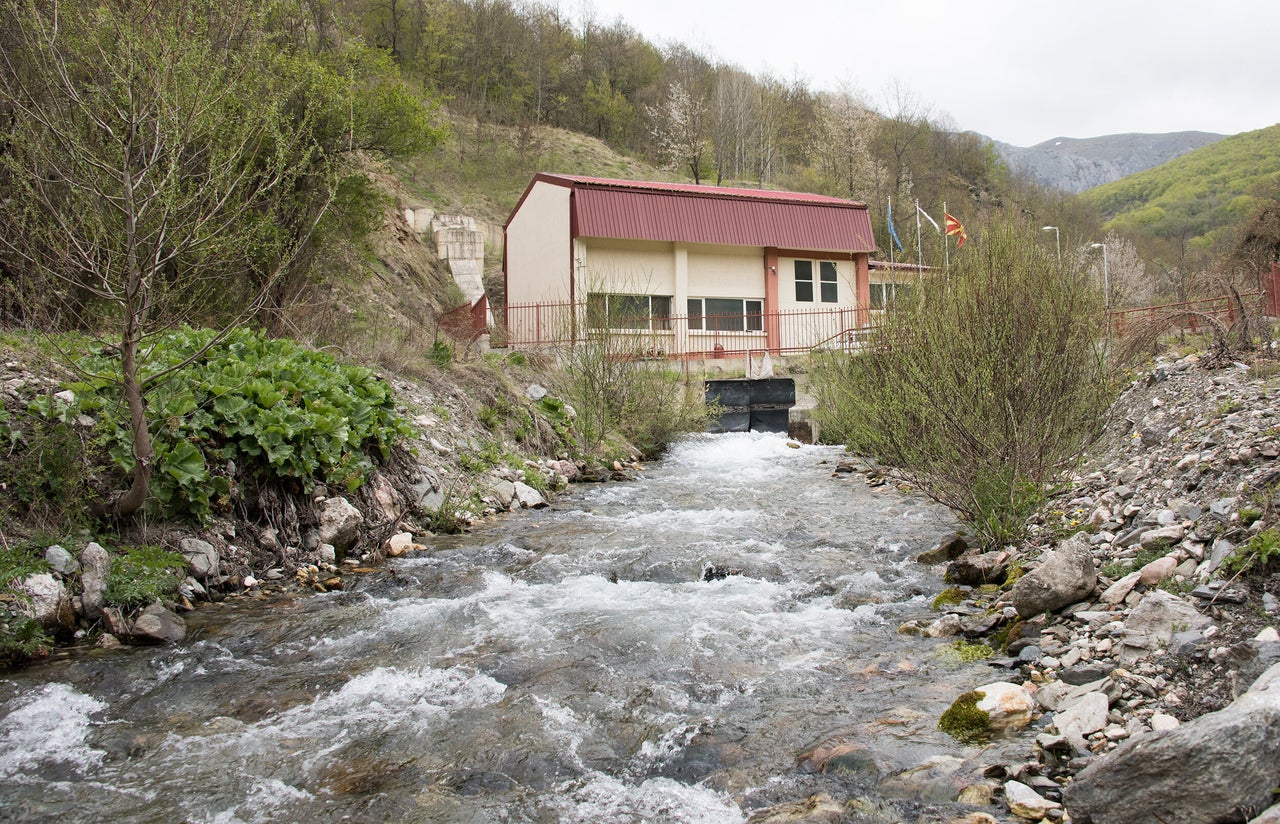
The places that societies label as wilderness are rarely, if ever, truly the pristine regions that the idea conjures — human impact, whether it’s exploitative or symbiotic, is everywhere. The world’s first national parks were designated in the mid-1800s, when growing concern over colonial exploitation of natural resources led the U.S. government to popularize the concept of public land. But this approach has often harmed the people who were already using this “wilderness,” explains a recent Wilderness Society report investigating the troubling history of American conservation.
Now more than ever, it matters that we debate these enduring moral questions over who benefits from environmental policies, and who pays. If Hare’s model suggests anything, it’s that oversight is needed to ensure systems have the right incentives — better laws, and the judicial and democratic institutions that can uphold them.
This is especially true as the climate crisis magnifies the importance of certain kinds of conservation — for example, preserving forests that help sequester carbon — while devaluing others, like freshwater fish that might perish in hydropower plants.
Eighty-one percent of the world’s freshwater ecosystems have been lost since the early 1970s. And in the fight to conserve rivers, says Davor Pehchevski, a researcher at Bankwatch, “If you lose once, then you lose something forever.”
There may never be one, easy answer for what to conserve. There are too many conflicting demands on water for everyone to agree on what to dam. But maybe, Bujaroska suggests, that’s the point.
“I mean, all of the people depend on the rivers,” she says that day in her office, as the jackhammer finally falls silent. In the new quiet, her words ring out. “Because water is everything.”
Lois Parshley is an investigative journalist and the 2019-2020 Snedden Chair of Journalism at the University of Alaska Fairbanks. Follow her @loisparshley.
